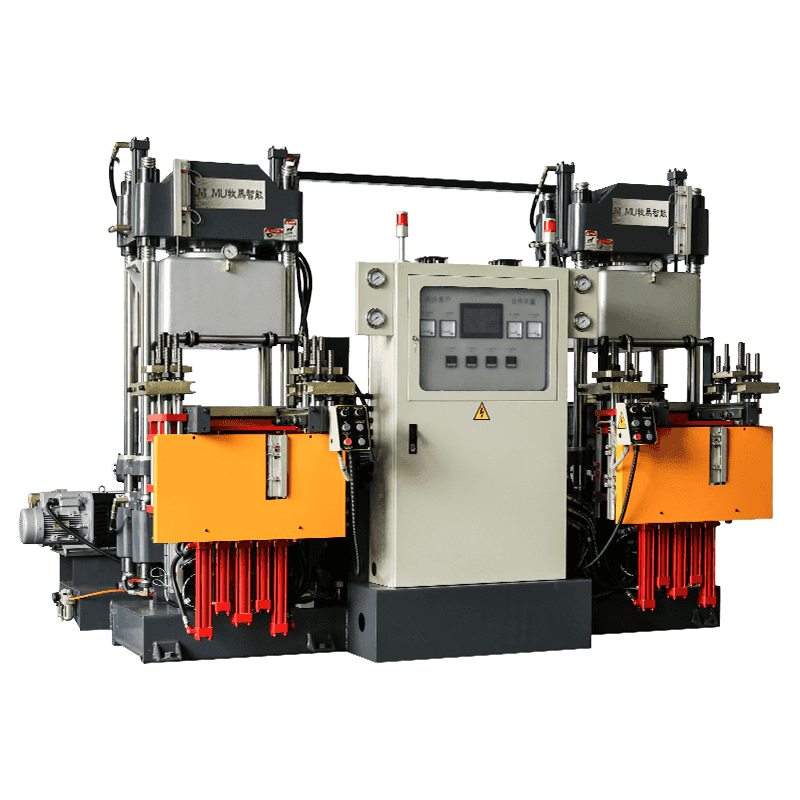
Can Vacuum Rubber Vulcanizing Machines be integrated into automated production lines?
In the dynamic landscape of manufacturing, automation reigns supreme as a driving force behind increased efficiency, consistency, and productivity. Within the realm of rubber manufacturing, Vacuum Rubber Vulcanizing Machines stand as essential tools for transforming raw rubber into durable, high-quality products. But can these specialized machines be seamlessly integrated into automated production lines?
Automated production lines often rely on robotic handling systems to execute various tasks with precision and speed. Vacuum Rubber Vulcanizing Machines can be seamlessly integrated into these lines, with robotic arms or gantry systems facilitating tasks such as loading raw materials, transferring parts between processing stations, and unloading finished products.
Vacuum Rubber Vulcanizing Machines can be strategically positioned along conveyor belts within automated production lines. This setup ensures a smooth flow of materials, with rubber components or pre-formed materials transported to the machine for processing. Finished products can then be conveyed to subsequent stages of production or packaging, optimizing workflow efficiency.


Programmable Logic Controllers (PLCs) serve as the backbone of automated manufacturing environments, orchestrating the operation of machinery and processes. Vacuum Rubber Vulcanizing Machines can be equipped with PLC-based control systems, allowing seamless communication and synchronization with other equipment in the production line. This ensures efficient coordination and consistent performance.
Advanced sensor technology plays a pivotal role in automated manufacturing, providing real-time feedback and enabling precise control of processes. Vacuum Rubber Vulcanizing Machines can integrate sensors to monitor crucial parameters such as temperature, pressure, and curing time. This data is relayed to the control system, facilitating optimal process control and quality assurance.
Vacuum Rubber Vulcanizing Machines can leverage data exchange interfaces such as Ethernet or industrial fieldbus protocols to communicate with other equipment and central control systems within the automated production line. This seamless connectivity enables centralized management, remote monitoring, and data-driven decision-making, enhancing overall operational efficiency.
Manufacturers have the flexibility to customize Vacuum Rubber Vulcanizing Machines to accommodate diverse workflows and production sequences within automated lines. This adaptability ensures optimal integration and alignment with the unique requirements of the manufacturing process, maximizing productivity and resource utilization.
Automated production lines often incorporate robust quality control measures to uphold product integrity and compliance with standards. Vacuum Rubber Vulcanizing Machines can integrate quality inspection systems such as vision inspection or inline testing equipment. This allows for real-time defect detection and quality assurance during the vulcanization process, minimizing rework and ensuring consistent product quality.





